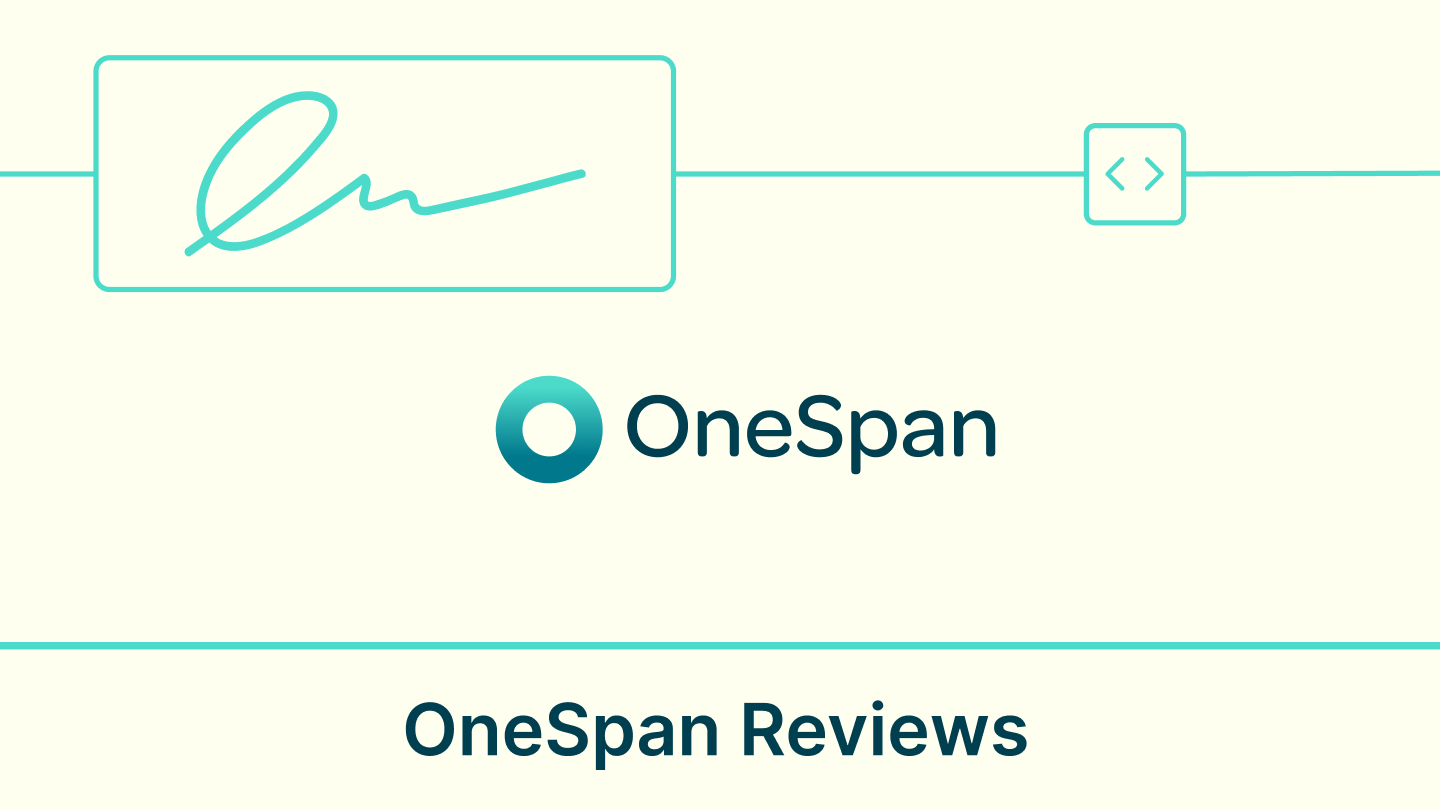Digital transformation is essential for any institution that is trying to adapt to the future of work. Educational institutions are no exception: many of them are championing these transformations to streamline and future-proof their operations.
Going paperless is one of the easiest ways for educational institutions to stay lean and competitive. Given the sheer volume of paperwork that schools handle every day, digitizing these workflows can free up a significant amount of resources and boost productivity.
Benefits of going paperless
Saves time
If you ran a time audit on the various processes in your institution, you would probably find that paperwork accounts for the biggest drain. Filing, organizing, and chasing after signatures for course enrolments, timesheets, progress reports, leave applications, and admission application forms often take up a significant amount of time.
Digitizing all of these processes and establishing paperless workflows will enable teaching and administrative staff alike to become efficient. Then, you can allocate all of that saved time to mission-critical tasks such as teaching, learning, and research.
Cuts costs and streamlines your budget
In the US alone, schools use an average of 32 billion sheets of paper per year. At the cost of 5 cents per sheet, this translates to $1.6 billion! Imagine if every school could implement digital documentation and electronic signatures — the cost savings would be huge.
Cutting down printing costs alone could save institutions a lot of money, not to mention courier costs. Institutions can reallocate the savings to other budget lines such as staff welfare and salaries to directly boost worker productivity and learning outcomes.
Reduces waste and makes operations sustainable
In the face of the rapidly changing climate, every effort to cut down on consumption is important. Reducing the use of paper in schools is a small but important step towards combating climate change: think of the trees chopped down, the fuel inputs during manufacturing, the distribution system, and the disposal of wasted paper.
Going paperless using a strategy as simple as eSignature adoption could help your institution become a more sustainable operation. It can also be an important teaching moment if you choose to share these types of decisions with your students!
Improves document security
Compared to filing cabinets, storing your documents in the cloud guarantees you more safety. You can trace every document interaction using an audit trail, which means the information will always be attributed to the proper source. Documents can also be accessed from anywhere, and your sensitive information will always be safe from being misplaced or destroyed by accident.
Enhances organization
Paperless document organization could be configured in a way that all the resources your staff needs for teaching and administrative support are in specific places. Think of it as a component of your enterprise resource management system.
Teachers can collaborate with their students online, while support staff can have visibility on processes such as billing and invoice handling. This level of organization makes education institutions super-efficient and productive right down to the process level.
How to implement a paperless transformation
Going paperless is a strategic approach that requires proper planning. Here is a quick overview of how to implement such a change.
Get the right software: Going paperless requires that you shop around for the appropriate software, with an eye towards scalability for long-term success. For instance, Signeasy is simple to set up and features a number of handy integrations like Microsoft OneDrive, Zapier, and Google Workspace.
Onboard your staff: Get staff buy-in at the earliest possible stage. Discuss the potential benefits of digital documentation with them, and explore how it can simplify their daily lives. Also, listen and address any concerns they may have regarding topics such as compliance. Finally, make sure they are well-trained and feeling supported throughout the change.
Organize your documents and workflow: Map out your workflow and ensure every department knows its responsibilities. Have clear goals for every department and prepare the processes to be followed when entering files into the document management system.
Integrate the relevant stakeholders: Let parents and vendors know that you have gone paperless, and advise them on how they should interact with your institution going forward. Address their concerns regarding issues such as security and legality of digital document handling.
Monitor and improve: As you enjoy the benefits of going paperless, remember to monitor the system’s performance, and organize sessions with the various departments to highlight and address any rough edges to smoothen your processes.
Go paperless
It is no longer a matter of “if” institutions should go paperless — it’s “when.” Making the change takes a little effort in the beginning, but with the right approach, the benefits will far outweigh the costs.
If you are looking for a trusted and easy way to set up an electronic signature solution that can scale alongside your institution, check out Signeasy. You’ll get a 14-day trial to evaluate its performance, and best of all, no credit card is required.











